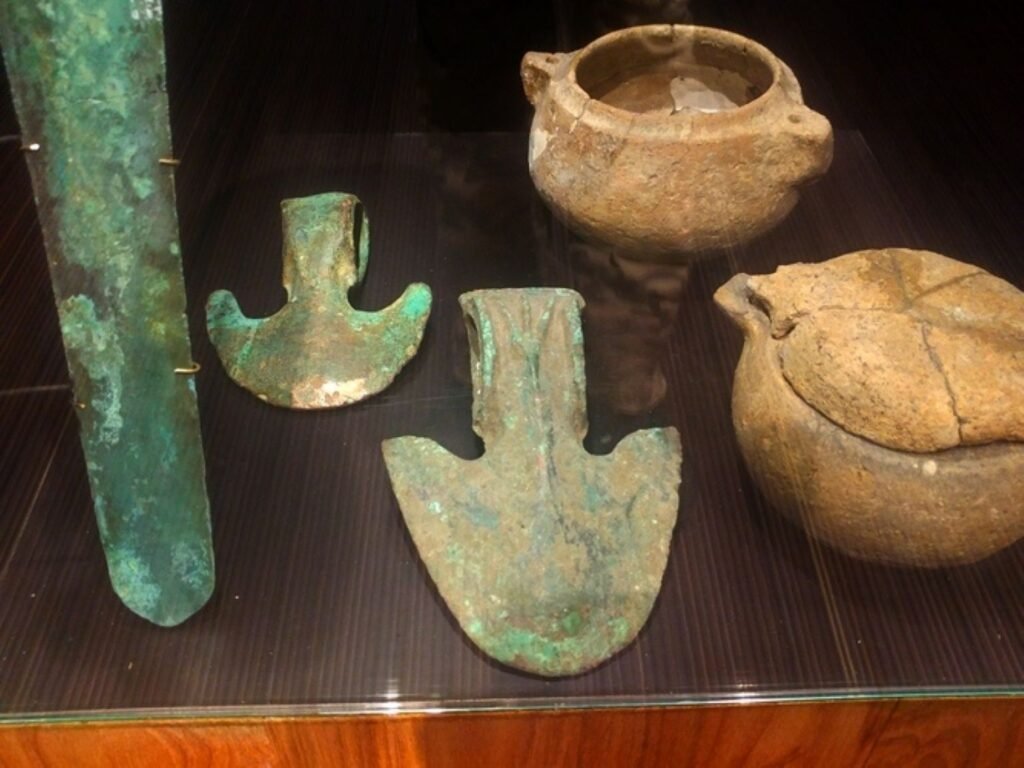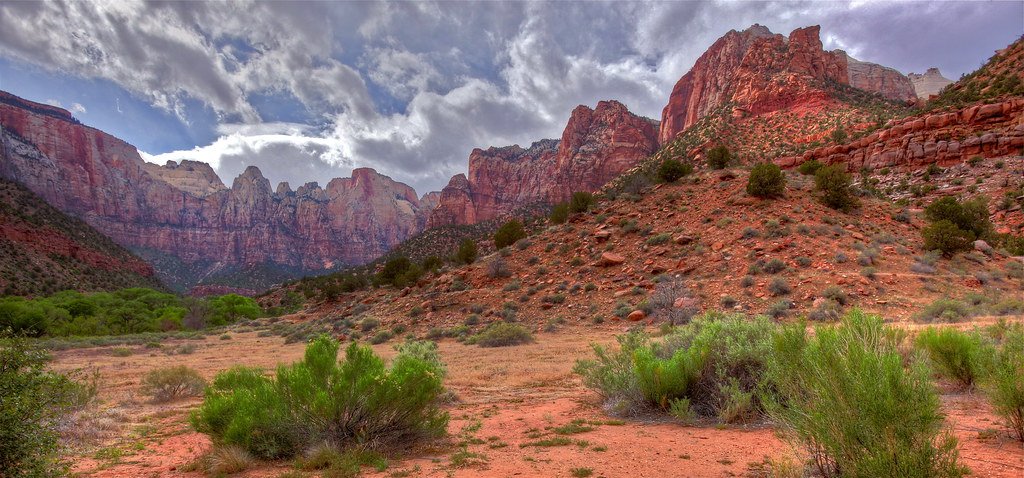The relentless retreat of Alpine glaciers has become one of the most unexpected archaeological bonanzas of our time. Each year, as temperatures rise and ice melts at alarming rates, thousands of objects emerge from their frozen tombs where they’ve waited for centuries. These discoveries span multiple millennia, from Stone Age hunting tools to medieval trading goods, painting an extraordinary picture of human activity in what we once thought were inhospitable mountain peaks.
What makes these finds truly remarkable is their pristine condition. Unlike archaeological sites elsewhere, where organic materials have long since decomposed, the ice has acted as nature’s perfect preservation chamber.
The Ötzi Discovery That Changed Everything

The discovery of Ötzi the Iceman in 1991 by German hikers marked the beginning of modern glacial archaeology. At roughly 5,300 years old, this naturally mummified human became Europe’s oldest known preserved corpse. Found alongside him were remarkable artifacts including a copper-bladed axe, flint dagger with wicker sheath, bow and quiver with arrows, birch wood vessels, remnants of a backpack, and leather garments.
The Iceman’s most enduring legacy may be glacial archaeology, a branch of science inspired by his discovery. Since Ötzi’s discovery, mummified remains and artifacts have been exposed by melting ice in Norway and in Canada’s Yukon, along with the Alps. His emergence from the ice proved that what scientists once considered impossible was actually common practice for ancient peoples.
Norway Leads the World in Glacial Archaeology

With approximately 4,500 artifacts discovered to date, Norway accounts for more than half of the world’s known glacial archaeological findings. The summer of 2024 was one of the most productive excavation seasons for glacial archaeologists, with heavy melting late in the season leading to an influx of new finds. Roughly 250 objects were found during one recent season alone.
One of the most significant sites is the Lendbreen ice patch, a well-documented travel route during the Viking and Medieval periods. Their findings included “two of the best-preserved arrows we ever found,” with one lying directly on top of the ice. Some arrows discovered are so well-preserved that their fletching remains intact, a rarity in archaeological finds.
Bronze Age Trading Networks Come to Light

A 4,000-year-old wooden container emerged from melting Swiss Alpine ice with traces of ground flour preserved within this Bronze Age “lunchbox.” Stone cutting tools emerged from Alpine ice with wooden handles still attached, challenging assumptions about prehistoric technology. Canadian ice patches revealed perfectly preserved obsidian cutting tools with razor-sharp edges after thousands of years, with the volcanic glass originating hundreds of miles from where the tool was found.
Archaeologists have uncovered arrowheads crafted from river mussels, indicating that materials were sourced from distant locations, suggesting extensive trade networks. These complete artifacts offer insights into sophisticated crafting techniques used to secure stone to wood during Bronze Age mountain activities. The evidence paints a picture of well-established commercial routes crossing treacherous mountain passes thousands of years before we imagined such travel was possible.
Medieval Merchants and Mountain Routes

Swiss glaciers recently revealed the frozen remains of a wealthy medieval merchant including coins, fine clothing, and weapons alongside his pack mule’s bones, with the quality of his possessions indicating he was no ordinary traveler. The collection of items paints a vivid picture of medieval trade networks run by elite businessmen, with coins originating from different regions showing extensive commercial connections.
A preserved hoof and partial skeleton of a pack mule emerged from a Swiss Alpine glacier, dating to the Middle Ages and offering direct evidence of transportation methods, with bones showing stress markers typical of animals that carried heavy loads throughout their lives. Wooden marking sticks found at the Col Collon pass in the Swiss Alps provide evidence that Romans regularly crossed Alpine glaciers, placed to mark safe paths through treacherous ice fields 2,000 years ago.
Hunting Tools Tell Ancient Stories

One of the most common finds is arrows used for hunting reindeer, as during the Iron Age and Medieval period, reindeer hunting was a major industry in Norway with hunters targeting animals that migrated to ice to escape botflies in summer. The most recent discovery was a wooden arrow with a quartzite tip and intact feathers, preserved so well it appeared new despite being an estimated 3,000 years old from a reindeer hunter in the late Stone Age or early Bronze age.
Teams have discovered more than 2,000 artifacts including Iron Age and Bronze Age weapons, with radiocarbon dating placing some objects like nearly 200 arrows as far back as 4000 B.C. Arrowheads still hafted with deer sinew emerged from western Mongolian ice, with preservation quality allowing researchers to study exactly how ancient hunters attached stone points to wooden shafts using sophisticated knowledge of natural adhesives.
Switzerland’s Archaeological Treasure Trove

Nine hundred objects from the Neolithic Age, Bronze Age, Iron Age, Roman Age and Middle Ages came to light in Switzerland – a range of discoveries unique within the Alpine region. The Schnidejoch pass in the Bernese Alps has been a boon to scientists since 2003, with finds including a birch bark quiver dating to 3000 B.C., along with leather trousers and shoes, and hundreds of other objects dating as far back as 4500 B.C.
Groups climbed steep mountainsides, clambering across Alpine glaciers to find crystal veins filled with precious rocks needed to sculpt their tools. As one archaeologist noted, “It is exciting because we find stuff that we don’t normally find in excavations.” The Swiss discoveries demonstrate that high-altitude Alpine routes were regularly used by ancient peoples for far longer than previously understood.
Mysterious Objects Defy Identification

While many artifacts discovered in ice have clear uses, others leave archaeologists searching for answers, with small wooden, leather, and textile objects found at Lendbreen in 2024 yet to be identified, likely everyday items from the Viking Age or earlier offering rare glimpses into lives of people whose belongings would have otherwise decomposed. Finstad estimated they’d found about 50 small, mysterious objects in 2024, including daily life things from the Viking Age or older, which don’t survive in other archaeological contexts because they degrade.
One intriguing find is a fragment of leather or hide with visible seams possibly part of a shoe, another is a medieval horseshoe, and some objects are even more difficult to classify such as a whisk-like wooden tool that doesn’t match any known historical artifacts. These enigmatic discoveries hint at technologies and practices that have been lost to time, preserved only in these frozen archives.
The Race Against Time

Ice is an excellent preservative, but artifacts deteriorate rapidly once exposed to the elements, and the region’s ice is retreating fast. Archaeologists are racing against nature to recover these ancient treasures before they vanish forever. Swiss glaciers lost nearly 3% of their volume in 2024 following a snow-poor winter and scorching summer heatwaves, with some glaciers losing more than two meters of ice thickness in a single season.
Glaciers all over Switzerland have lost a quarter of their volume since 2015, with over 1,000 small glaciers already disappeared. Despite the rush of discoveries in 2024, field seasons are being cut short by heavy snowfall, though archaeologists remain eager to return with newly identified excavation sites in mind for summer 2025. The window of opportunity is narrowing as climate change accelerates the very process that reveals these treasures.
Looking Forward to Future Discoveries

As climate warms, Earth’s glaciers and ice patches are melting, and thousands of artifacts made of wood, fur, feathers and other perishable materials have been popping up around the world after being released from their frigid time capsules. As climate change diminishes glacial ice, scientists expect to find still more prehistoric remains. Interdisciplinary teams of archaeologists and geographers, glaciologists, climatologists, mathematicians and historians regularly go in search of remains from times long gone, preferably where people sought paths across the eternal ice even back then.
Each discovery rewrites our understanding of ancient human capabilities and movements through seemingly impossible terrain. The artifacts tell stories of courage, ingenuity, and determination as people navigated these frozen highways for trade, survival, and exploration. What awaits discovery in the remaining ice may hold even more surprises about our ancestors’ remarkable adaptability and ambition.
The melting Alps continue to surrender their secrets, one artifact at a time. These frozen time capsules offer us an unprecedented window into lives lived thousands of years ago, proving that the mountains have always been highways for those brave enough to cross them. What do you think these ancient travelers would make of our modern world? Tell us in the comments.

Jan loves Wildlife and Animals and is one of the founders of Animals Around The Globe. He holds an MSc in Finance & Economics and is a passionate PADI Open Water Diver. His favorite animals are Mountain Gorillas, Tigers, and Great White Sharks. He lived in South Africa, Germany, the USA, Ireland, Italy, China, and Australia. Before AATG, Jan worked for Google, Axel Springer, BMW and others.



